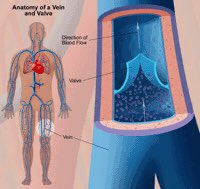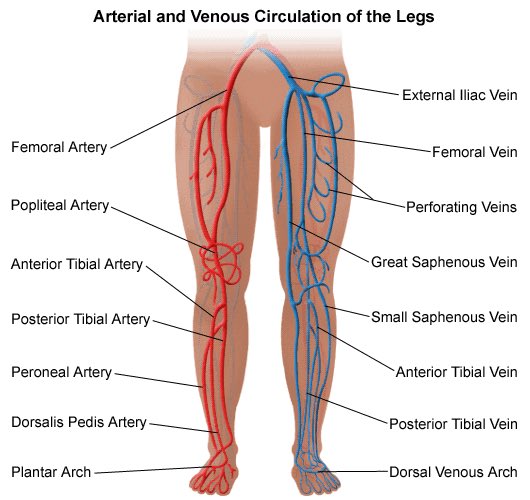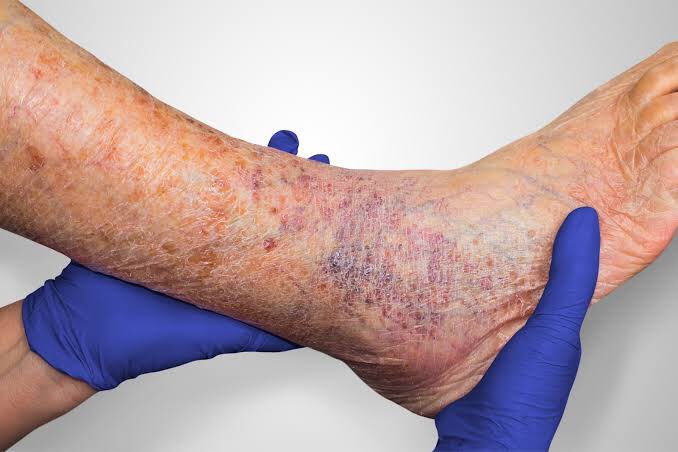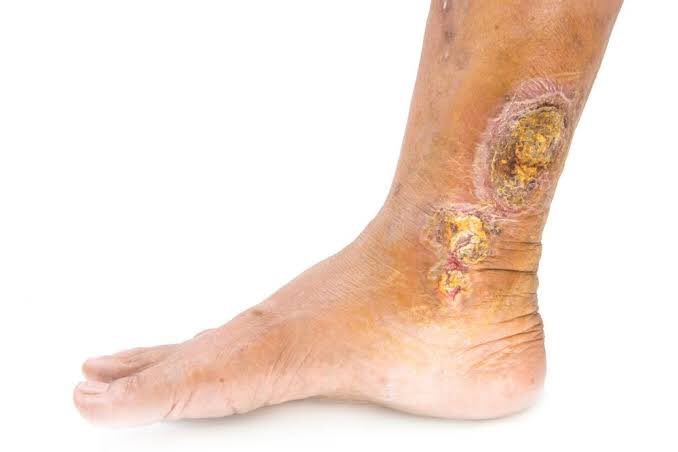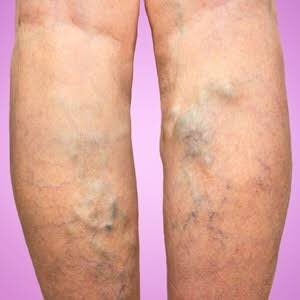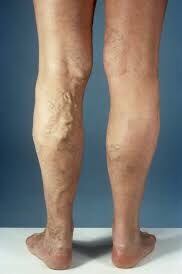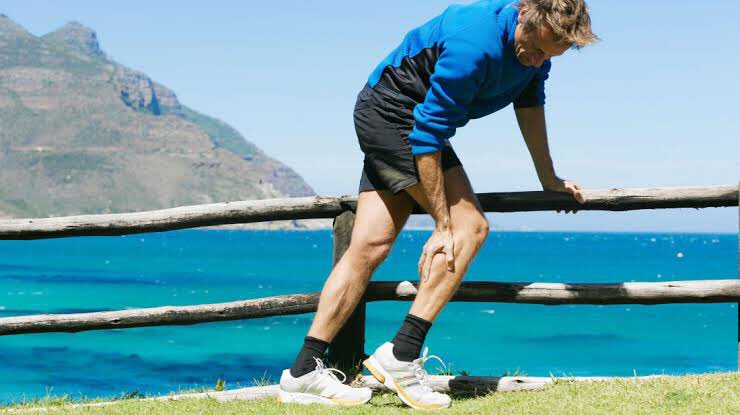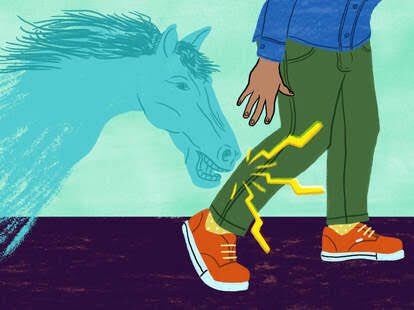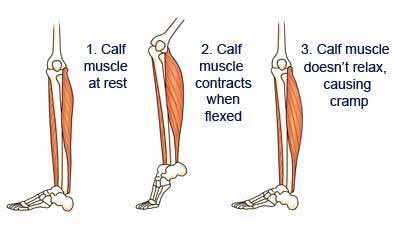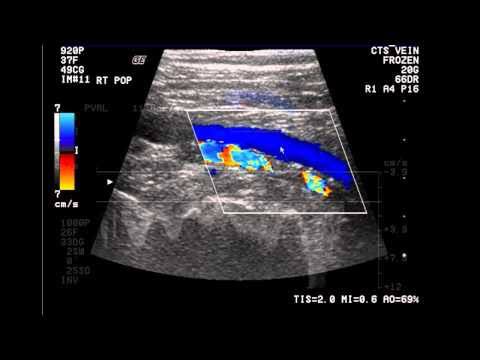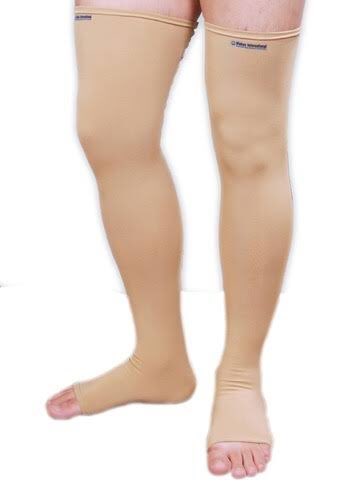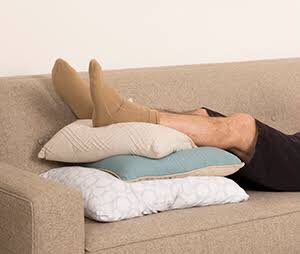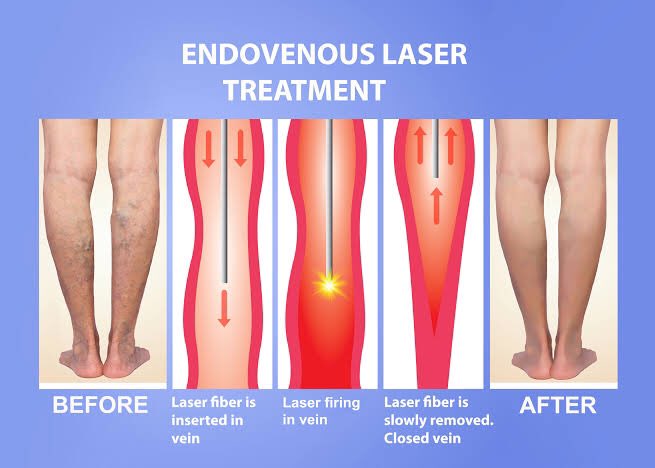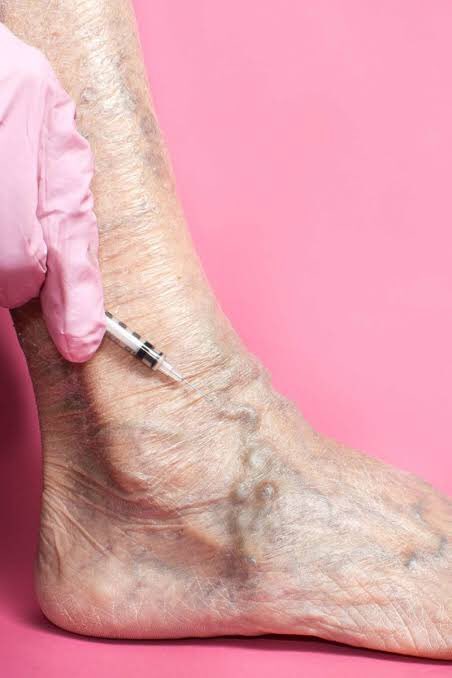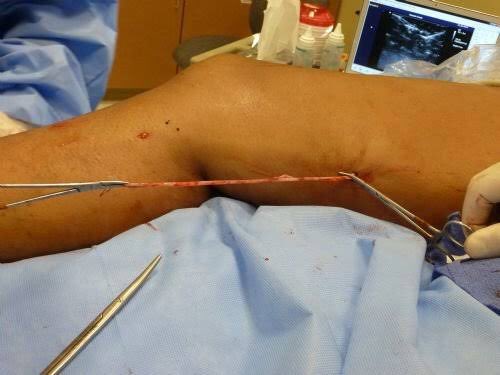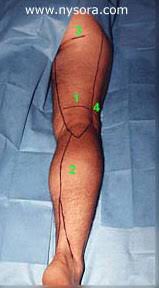An elderly gentleman presented with swelling of feet since few months. Known hypertensive and Parkinson's disease on treatment. Evaluated. No evidence of cardiac failure. Normal kidney/liver function. Not on Amlodepine.(which can cause edema). Doppler study LL vein done. #edema
Chronic venous insufficiency occurs when your leg veins don’t allow blood to flow back up to your heart. Normally, the valves in your veins make sure that blood flows toward your heart. But when these valves don’t work well, blood can also flow backwards. This can cause edema.
Chronic venous insufficiency is not a serious health threat. But it can be painful and disabling. You are more likely to have this condition if you:
Are overweight
Are pregnant
Have a family history
Had damage - injury, surgery, or previous blood clots, Leg ulcers
Are overweight
Are pregnant
Have a family history
Had damage - injury, surgery, or previous blood clots, Leg ulcers
Other causes
High BP in the leg veins over time, due to sitting or standing for long periods
Lack of exercise
Smoking
A blood clot in a deep vein,in the calf or thigh (deep vein thrombosis)
Swelling:inflammation of a vein close to the skin, often in the legs (phlebitis)
High BP in the leg veins over time, due to sitting or standing for long periods
Lack of exercise
Smoking
A blood clot in a deep vein,in the calf or thigh (deep vein thrombosis)
Swelling:inflammation of a vein close to the skin, often in the legs (phlebitis)
Symptoms of chronic venous insufficiency may include:
Swelling in your legs or ankles
Tight feeling in your calves or itchy, painful legs
Pain when walking that stops when you rest
Brown-colored skin, often near the ankles
Varicose veins
Leg ulcers
Swelling in your legs or ankles
Tight feeling in your calves or itchy, painful legs
Pain when walking that stops when you rest
Brown-colored skin, often near the ankles
Varicose veins
Leg ulcers
Having an uncomfortable feeling in your legs and an urge to move your legs (restless legs syndrome)
Painful leg cramps or muscle spasms (charley horse)
The symptoms of chronic venous insufficiency may seem like other health conditions. Talk with your doctor.
Painful leg cramps or muscle spasms (charley horse)
The symptoms of chronic venous insufficiency may seem like other health conditions. Talk with your doctor.
How is it diagnosed?
Your doctor will take your medical history and give you an exam. You may also have an imaging test called a Duplex ultrasound. This looks at blood flow and the structure of your leg veins. It checks the speed and direction of blood flow in the blood vessel.
Your doctor will take your medical history and give you an exam. You may also have an imaging test called a Duplex ultrasound. This looks at blood flow and the structure of your leg veins. It checks the speed and direction of blood flow in the blood vessel.
Treatment plan depends on
- Your age, overall health, and medical history
- How serious your case is
- How well you handle certain medicines, treatments, or therapies
- Your signs and symptoms
- If your condition is expected to get worse
- What you would like to do
- Your age, overall health, and medical history
- How serious your case is
- How well you handle certain medicines, treatments, or therapies
- Your signs and symptoms
- If your condition is expected to get worse
- What you would like to do
Improving blood flow in your leg veins. Keeping your legs raised (elevated) can reduce swelling and help increase blood flow. Wearing compression stockings may also help. Regular exercise can also improve blood flow.
Medicines that increase blood flow through the vein used along with compression therapy to help heal leg ulcers. Aspirin can also be used to help ulcers heal. Medicines that draw excess fluid from the body through the kidneys (diuretics) are not often used.
Endovenous laser ablation or radiofrequency ablation (RFA). This is a minimally invasive procedure. A tube (catheter) puts heat right into the affected vein. This closes the vein. Once the vein is closed, less blood pools in the leg. Overall blood flow is improved.
Sclerotherapy. This may be used if your case is more serious. A chemical is injected into the affected veins. The chemical causes scarring in the veins so that they can no longer carry blood. Blood then returns to the heart through other veins. The body absorbs the scarred veins.
Surgery. This is done in severe cases. Ligation is a type of surgery that may be used. The affected vein is tied off so that blood no longer flows through it. If the vein or its valves are heavily damaged, the vein will be removed. This is called vein stripping.
https://new.sigvaris.com/en/your-health/venous-disorders/venous-edema/ - role of compression stockings in venous edema

 Read on Twitter
Read on Twitter
